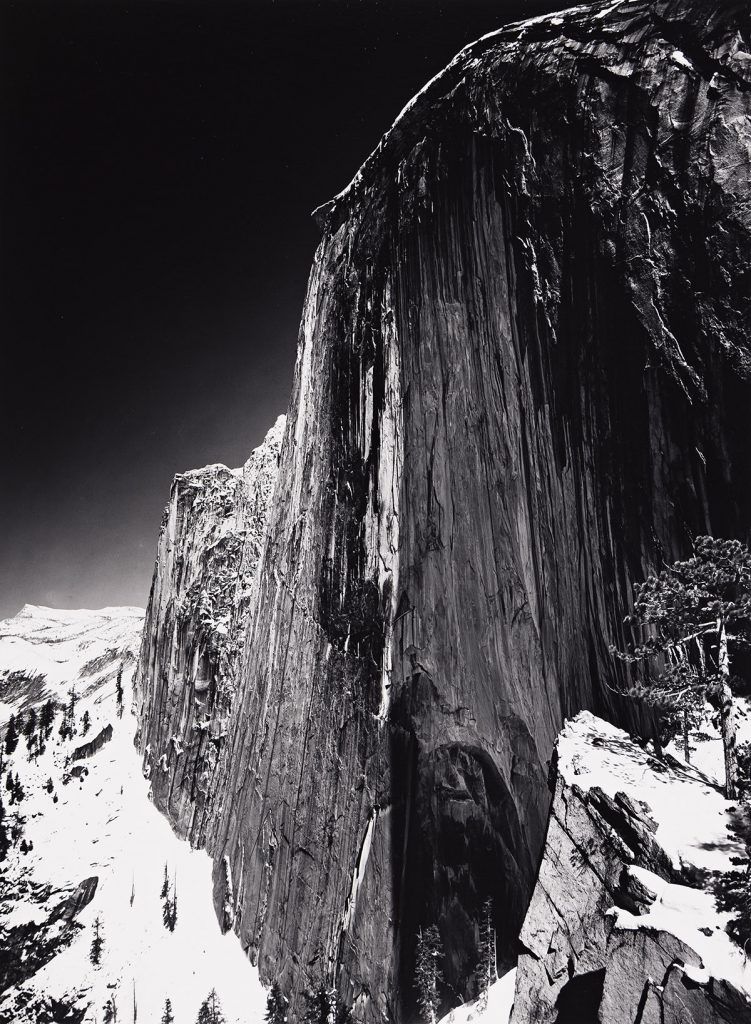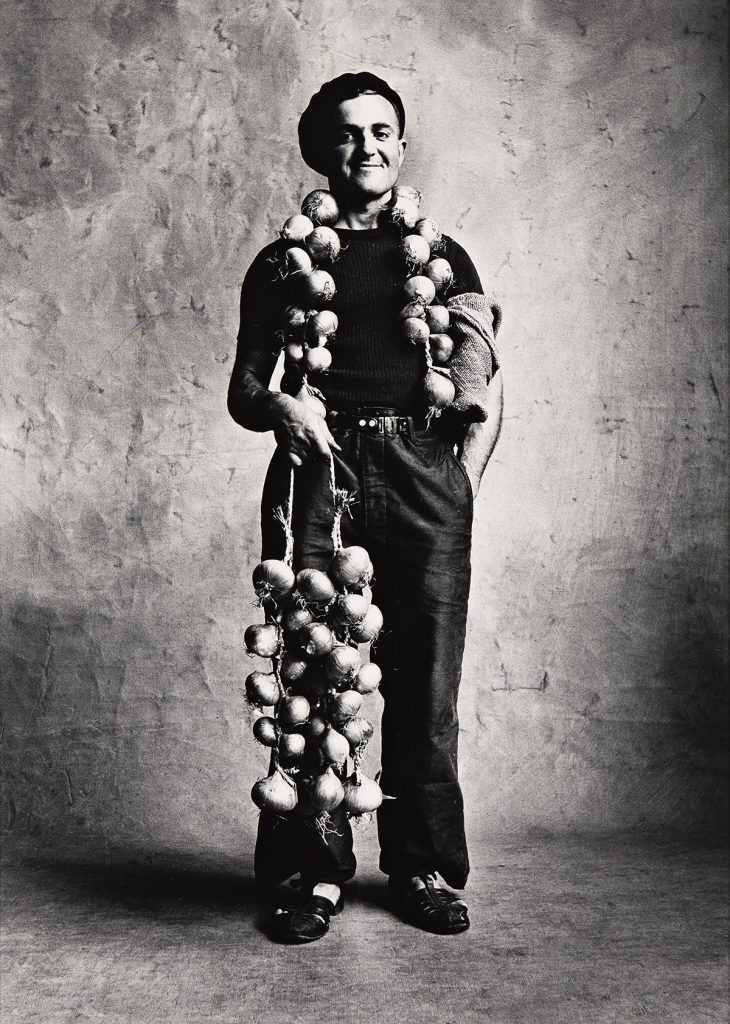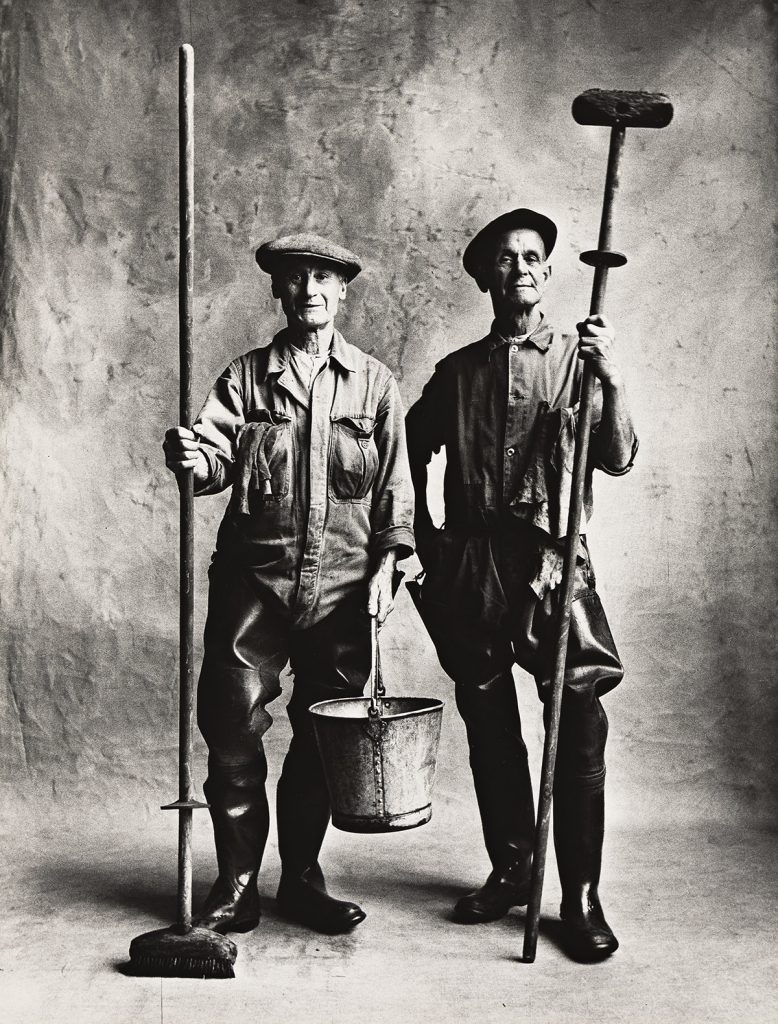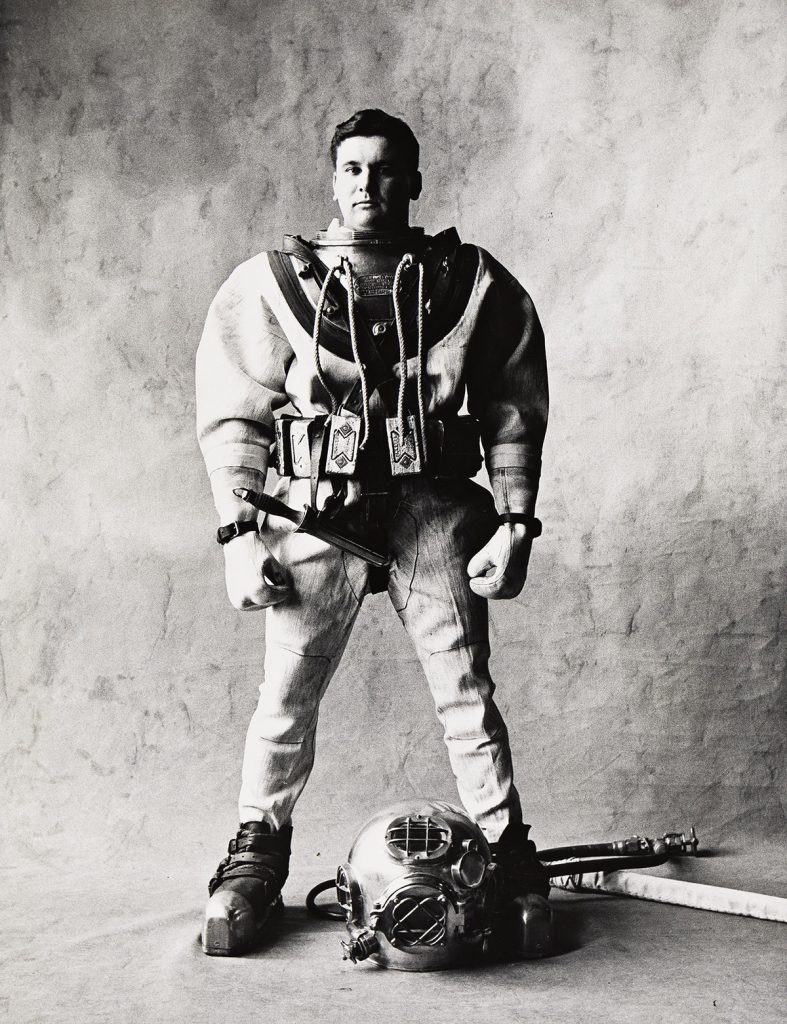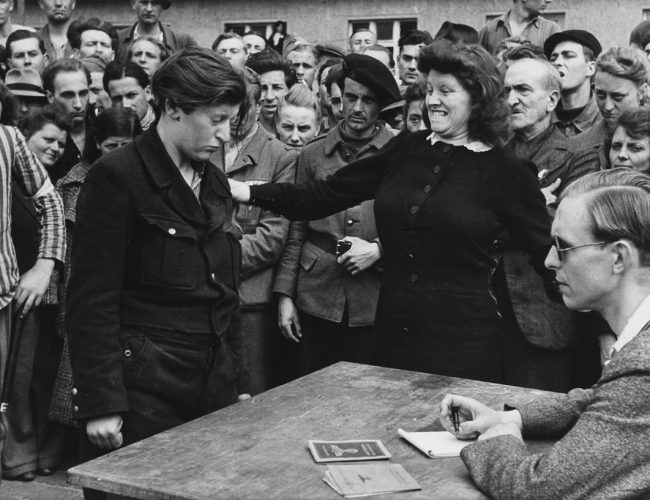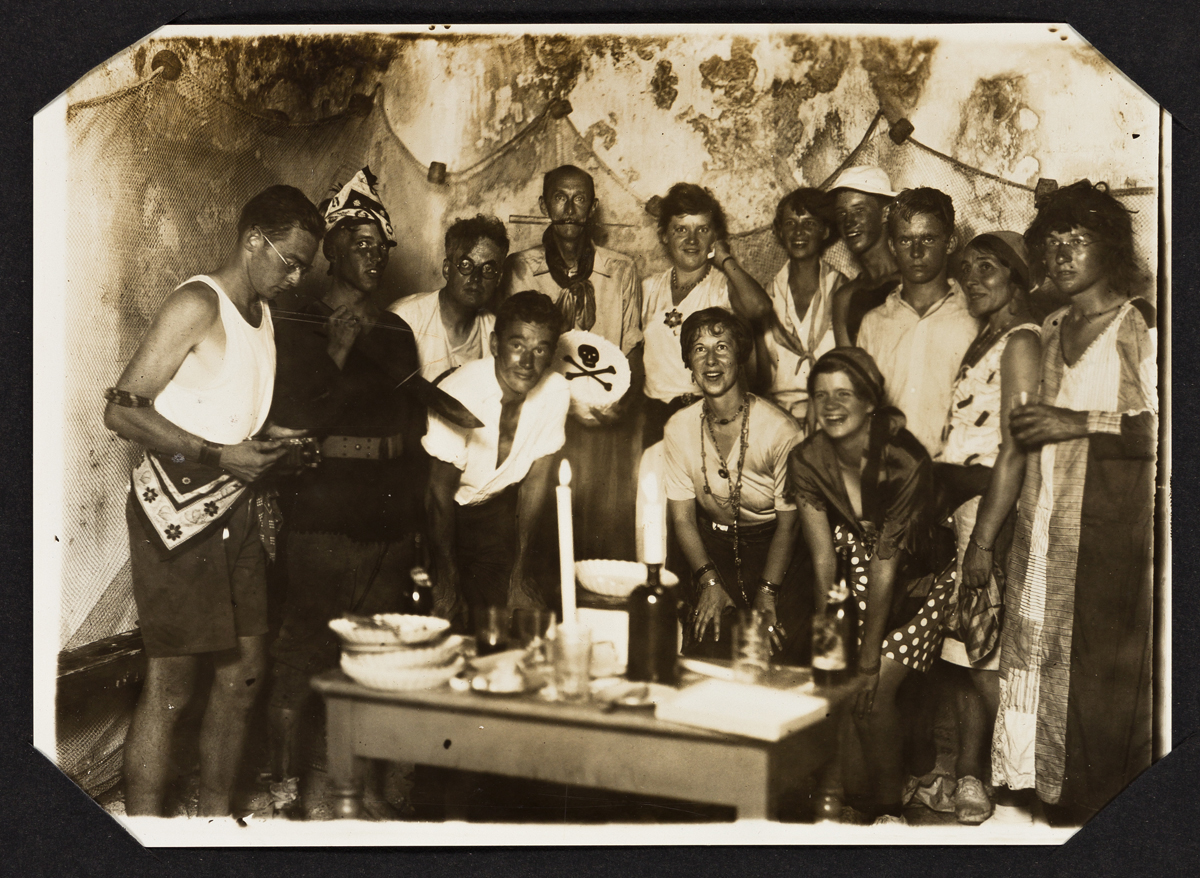Collectors on Collecting: An American Century by Dr. James Pearl
Dr. James Pearl Reflects on Collecting American Photography
I first became interested in photography in high school when I was given an Instamatic camera. In college, where I majored in chemistry, one of my professors taught me the chemistry of black-and-white photography; soon, I was processing my own negatives and prints as a photographer for our college yearbook. I also studied art history and came to realize that photography was a greatly underappreciated, and undervalued, art form. Besides their historical value, vintage photos constitute an indelible artistic legacy.
Deb and I started collecting photography seriously in the 1980s, when we were newly married and raising a family in Salt Lake City. Having studied the photography of the f64 group, we initially concentrated on Edward Weston, Ansel Adams, and their circle. Within two or three years we branched out, learning about the origins of photography and acquiring photographs by Fox Talbot, Edouard Baldus, and other early masters. But we remained especially enchanted by the pioneer American photographers of the West, such as Watkins, Muybridge, and Jackson. As an amateur photographer, I was in awe of these artists’ ability to create negatives from mammoth glass plates that they somehow safely transported in their expeditionary wagons. When examined closely, the detail in the resulting mammoth plate albumen photographs is astonishing, and has only recently been surpassed by the most advanced digital technology. An example is the fisherman seen in the mammoth William Henry Jackson of Yellowstone Falls. He is likely Thomas Moran, the great luminist painter, and Jackson’s frequent travel companion.
These scenic images also reflected our love of the American West. It was a thrill to hang works on our walls that echoed the beauty we saw around us. We were not surprised to learn that Jackson’s photos were pivotal in convincing Congress to make Yellowstone the first national park in 1872.
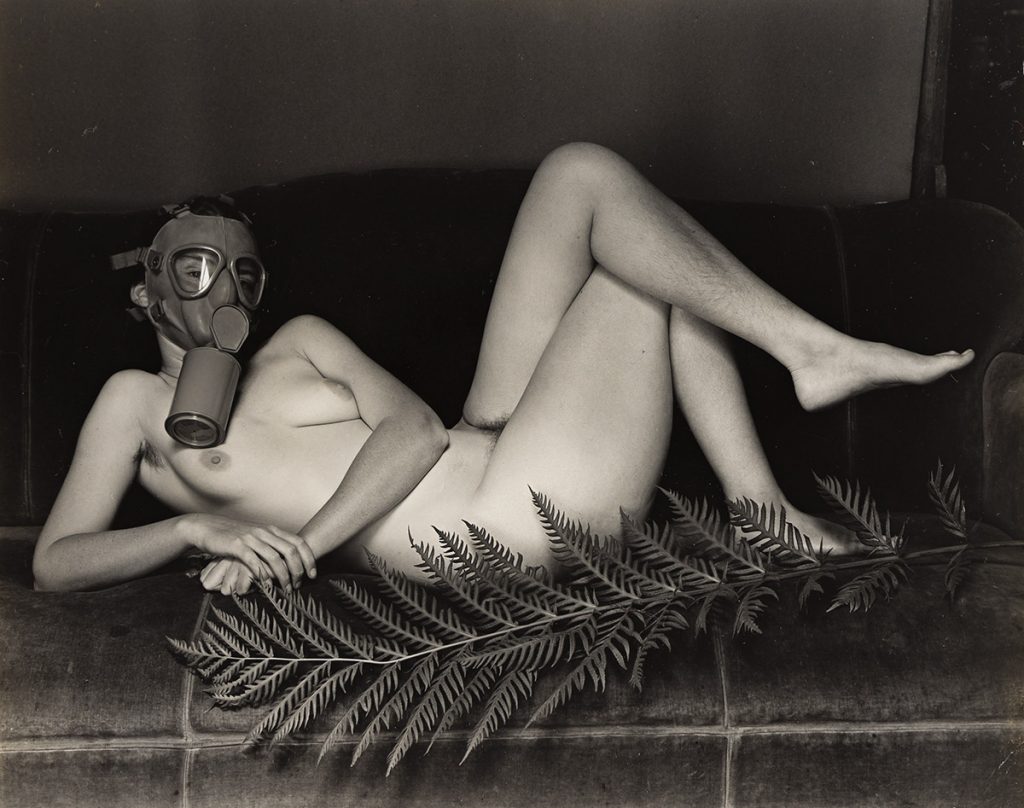
In the mid 1980’s I wrangled an invitation to visit Cole Weston in Carmel, California, in what had been Edward’s home and darkroom, known as Wildcat Hill. It was a great visit; I even got to hold in my hands the negative of the iconic Nautilus #1, with Edward’s printing annotations on the sleeve. I purchased a number of Edward’s photos from Cole during the visit; some were vintage, others were Cole’s own master prints from his father’s negatives.
We also greatly admired Irving Penn. We developed a relationship with the Edwynn Houk Gallery (at the time, in Chicago) and purchased many of our favorites there. Although I never met Penn, I happened to see him in a restaurant in New York City one difficult evening, when my young children were being especially noisy. He was clearly irritated and told the children to be quiet! I regret I was too shy to introduce myself.
Another adventure was in Paris where we went to a flea market where a collector had some J.B. Greene photos on offer. They were beautiful early prints that were artistically way ahead of his contemporaries. Wonderful art!

Finally, Deb and I were privileged to meet Sebastião Salgado and have lunch with him. He shared incredible stories about his world travels and his quest to conserve a clean and safe Earth. He showed us his rangefinder Leica camera. While less technologically sophisticated than modern digital equipment, it enabled him to produce one perfect negative after another — no Photoshop needed.
In sum, we have enjoyed the beauty, the history, and the process of collecting photographs, and have learned a lot over the many decades that we have owned our collection. However, we are now getting to a time in our lives where we are ready to pass these works on to new owners who will hopefully appreciate them as much as we have. Deb and I are very pleased to have Swann Galleries represent us with this sale.
